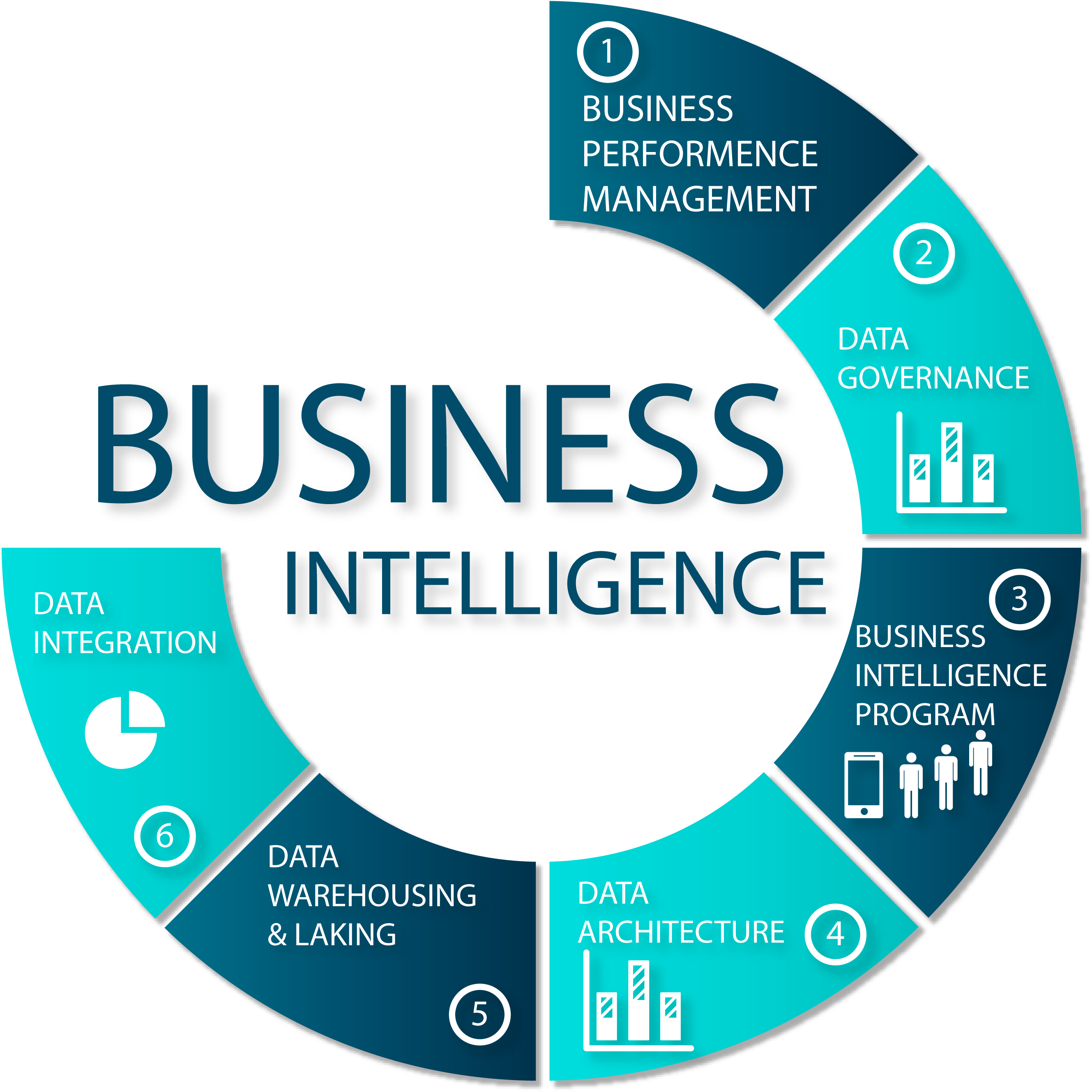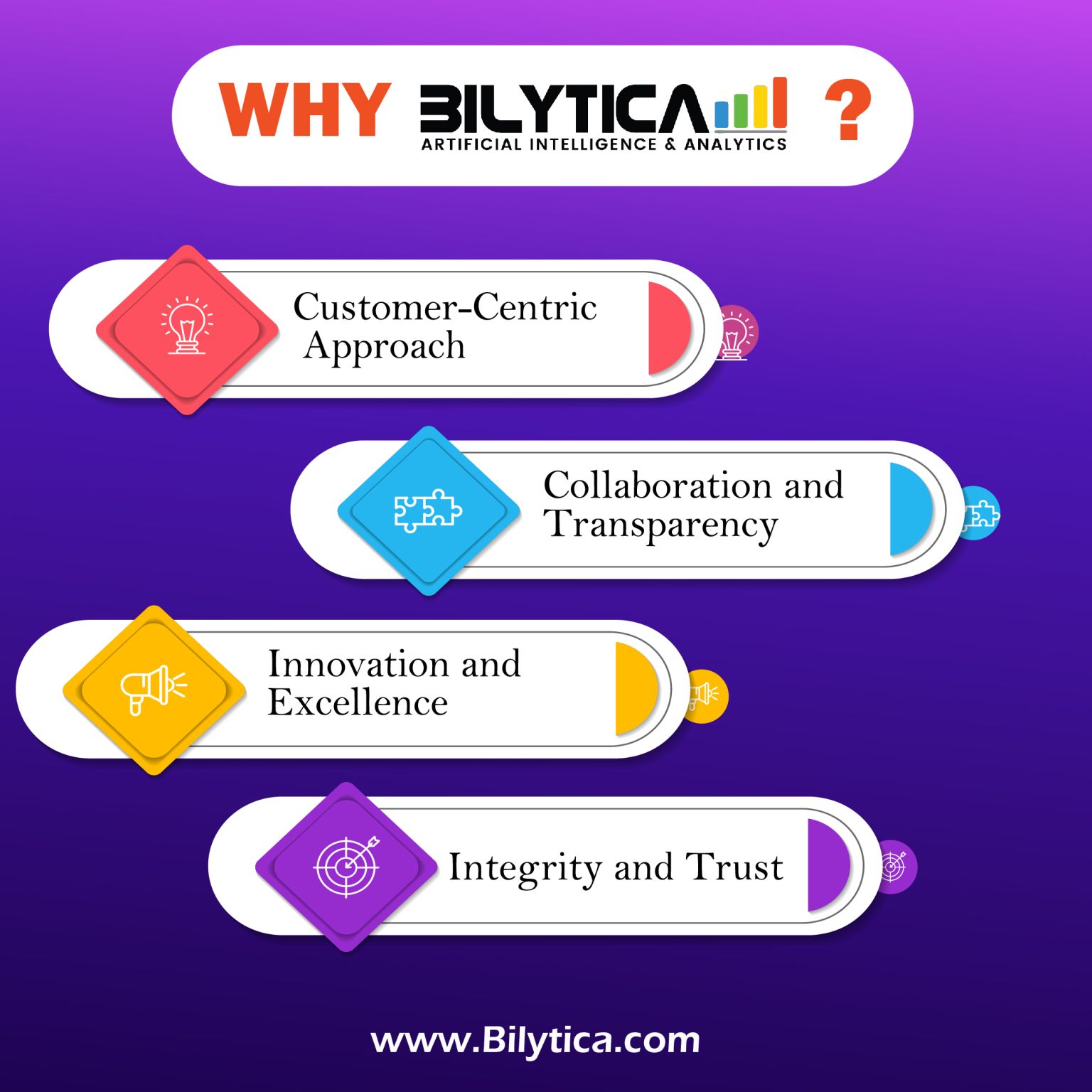Bilytica # 1 is one of the top BI initiatives by transforming complex data sets into visually appealing and easy-to-understand graphics, charts, and dashboards. It allows stakeholders to interpret large volumes of data quickly, gain actionable insights, and make informed decisions. Here’s a closer look at the role of data visualization in BI initiatives:
Click to Start Whatsapp Chat with Sales
Call #:+923333331225
Email: sales@bilytica.com
Bilytica #1 BI

Simplifying Complex Data
Data visualization simplifies complex data by BI presenting it in a visually digestible format. Instead of analyzing raw data or lengthy reports, stakeholders can view intuitive visualizations that convey key insights at a glance. This simplification makes it easier for users to identify trends, patterns, and outliers in the data without needing advanced analytical skills.
Enhancing Understanding
Visual representations of data, such as charts, graphs, and maps, enhance understanding by providing a clear and intuitive way to interpret information. Visualizations allow stakeholders to grasp relationships, comparisons, and correlations within the data more effectively than text-based or numerical presentations. They facilitate a deeper understanding of complex concepts and enable users to uncover hidden insights that may not be apparent in tabular data.
Supporting Decision-Making
Data visualization supports decision-making by enabling stakeholders to assess options, evaluate outcomes, and identify opportunities and risks. Interactive dashboards and reports allow users to explore data dynamically, drill down into details, and perform ad-hoc analysis to inform their decisions. Visualizations provide decision-makers with timely and relevant information, helping them make data-driven decisions that align with organizational goals and objectives.
Communicating Insights
Visualizations serve as powerful communication tools for sharing insights and findings with stakeholders across the organization. By presenting data in a visually compelling manner, BI professionals can convey complex information in a clear and engaging way. Visualizations enable stakeholders to understand and absorb information more effectively, leading to improved communication, collaboration, and alignment within the organization.

Detecting Patterns and Trends
Power BI Training in Saudi Arabia Data visualization facilitates the detection of patterns, trends, and anomalies in the data by highlighting key insights and relationships. Through interactive charts, heatmaps, and trend lines, users can identify recurring patterns over time, spot emerging trends, and detect outliers or anomalies that may require further investigation. Visualizations enable users to derive actionable insights from the data and make informed decisions based on trends and patterns.
Enabling Exploratory Analysis
Visualizations support exploratory analysis by allowing users to interact with the data dynamically and explore different perspectives and scenarios. Interactive dashboards and visualization tools enable users to filter, drill down, and slice and dice the data to uncover new insights and answer ad-hoc questions. This exploratory approach to data analysis fosters creativity, experimentation, and innovation, driving continuous improvement and optimization within the organization.
Facilitating Storytelling
Data visualization facilitates storytelling by enabling users to create narratives around the data and communicate compelling stories that resonate with stakeholders. By combining visualizations with contextual information, annotations, and annotations, BI professionals can tell a cohesive story that guides stakeholders through the data and helps them understand the implications and significance of the insights. Visual storytelling makes data more engaging, memorable, and impactful, leading to better decision-making and action.
Increasing Engagement
Visualizations increase engagement by capturing stakeholders’ attention and keeping them actively involved in the data analysis process. Interactive features such as filters, tooltips, and drill-down capabilities encourage users to explore the data further and engage with the insights on a deeper level. Visualizations create an immersive and interactive experience that encourages curiosity, exploration, and learning, leading to greater user adoption and satisfaction with BI initiatives.
Promoting Data Literacy
Data visualization plays a crucial role in promoting data literacy within the organization by making data more accessible and understandable to a wider audience. By presenting data visually, Power BI in Saudi Arabia professionals can bridge the gap between technical and non-technical stakeholders and empower users at all levels to interpret and analyze data effectively. Visualizations promote data-driven decision-making and empower employees to become more data literate, leading to a more data-driven culture within the organization.
Driving Business Value
Ultimately, data visualization drives business value by enabling organizations to derive actionable insights from their data and make informed decisions that drive performance and innovation. By leveraging visualizations to uncover insights, communicate findings, and drive action, organizations can realize tangible benefits such as improved efficiency, increased productivity, enhanced competitiveness, and better customer satisfaction. Data visualization enables organizations to unlock the full potential of their data and drive business success in today’s data-driven world.
In conclusion, data visualization is a critical component of BI initiatives, enabling organizations to simplify complex data, enhance understanding, support decision-making, communicate insights, detect patterns and trends, enable exploratory analysis, facilitate storytelling, increase engagement, promote data literacy, and drive business value. By harnessing the power of data visualization, organizations can unlock the full potential of their data and drive success in an increasingly data-driven world.
Click to Start Whatsapp Chat with Sales
Call #:+923333331225
Email: sales@bilytica.com
BI
BI
BI
6-10-2024




